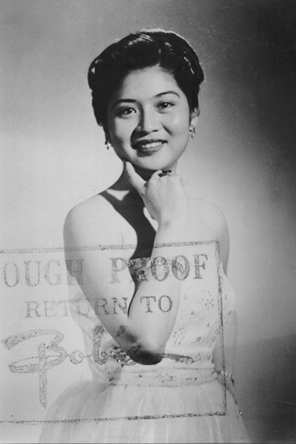|
Reviews of Recent Independent, Foreign, & Documentary Films in Theaters and DVD/Home Video
Directed & Produced by: Ramona S. Diaz. Director of Photography: Ferne Pearlstein. Edited by: Leah Marino. Music by: TAO Music, Grace Nono & Bob Aves. Released by: Unico Entertainment. Language: English & Tagalog. Country of Origin: USA. 103 min. Not Rated.
Determined not to make a documentary that is strictly a historical account of the Philippines
under the Marcos regime, filmmaker Diaz rightly concentrates on the character of Imelda – a
woman so charming, she married president-in-the-making Ferdinand Marcos 11 days after they
met; a woman so delusional, she’s convinced she was “the ultimate victim” in the controversial
death of political rival Benigno Aquino; and a woman so committed to beauty, she despises the
weapon used in her assassination attempt – not because it almost killed her, but because “it was
so ugly.” In a clever juxtaposition, shots of Imelda’s sparkly, extravagant custom-designed outfits
being aired out by her maids are crosscut with shots of poor Filipinos living along train tracks,
hanging their simple rags on makeshift clotheslines. These visuals are interspersed amidst
interviews with Imelda’s couturier, explaining – confessing, almost – how his dressmakers went
blind sewing intricate beadwork and details for all of her outfits, including of course, shoes to
match. His interview overlaps with Imelda addressing the camera, attempting to convey her
complete selflessness, convincing herself more than the audience that she gives everything she
has to the Filipino people.
It is a tribute to the director that the character of Imelda emerges as equally endearing and
disturbing. The all-access interviews reveal such candid details about Imelda and her
contradictions, that while she is on the one hand an iconic image of decadence, she has a surreal
sort of innocence that softens her into a creature of sympathy. It is no surprise that a shoe
advertisement reading, “There is a little Imelda in all of us,” puts a smile on her face. What’s
more surprising is its effect on the audience, who is left questioning whether the ad rings true. Kim Reyes, contributing editor
|
